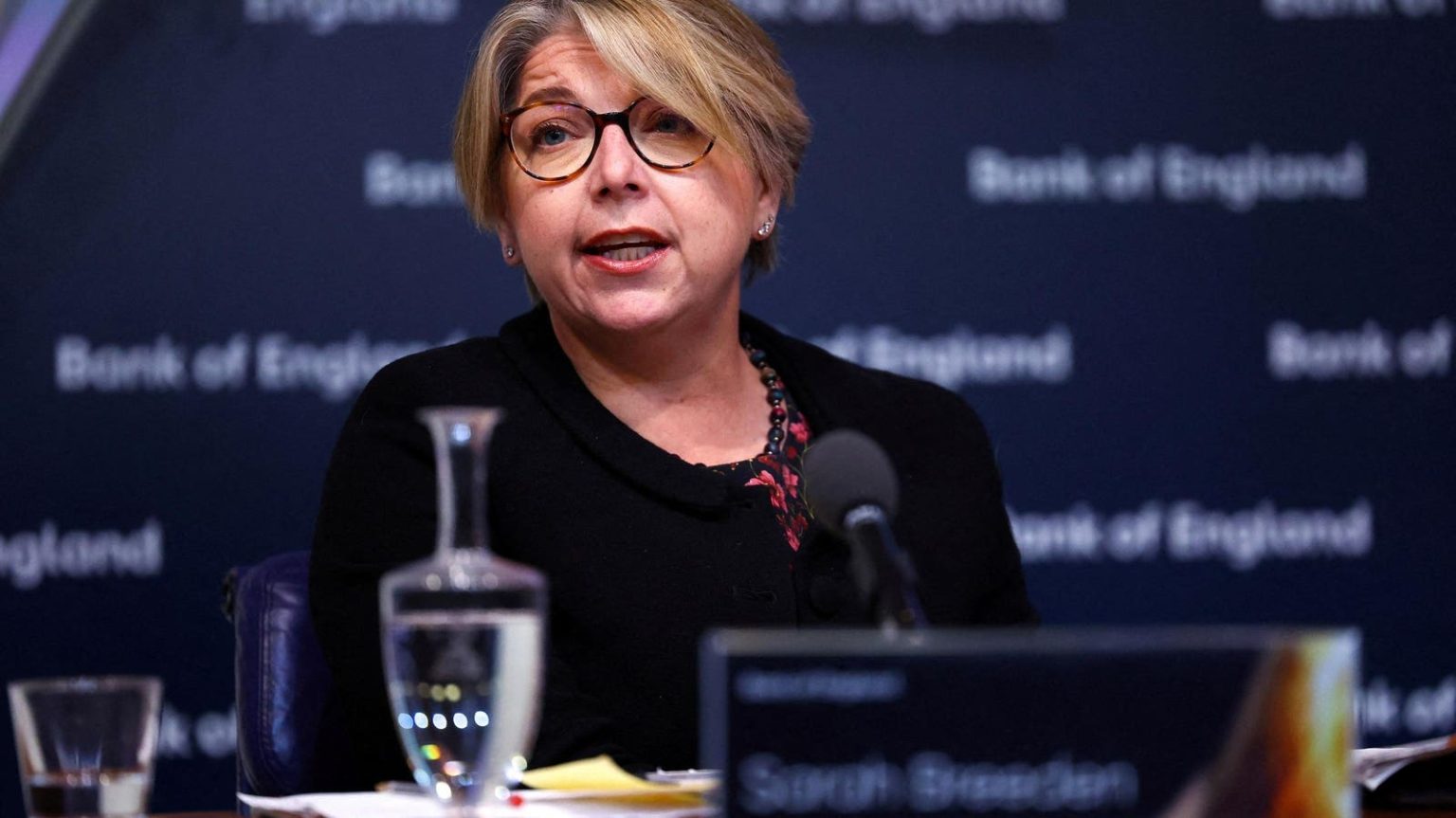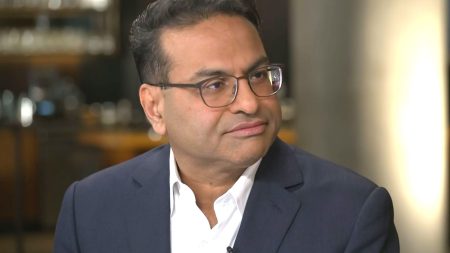The Bank of England’s Deputy Governor, Sarah Breeden, recently spoke at the Swiss National Bank’s event about the future of the monetary system. She predicts two waves of benefits from tokenisation, with the first wave focusing on preserving the current payment and settlement structure. However, in the longer term, she sees tokenisation as more disruptive, with post-trade processes collapsing and intermediaries being flattened. This perspective is crucial as many central banks, including the Bank of England, are exploring the potential benefits of tokenisation.
The Bank of England has taken an innovative approach to central bank digital currency (CBDC) by creating a new category of central bank account called the omnibus account. This led to the creation of Fnality, a private institutional form of tokenised money. The introduction of the omnibus account is significant, as it has paved the way for institutions to transfer sterling into the omnibus account and receive sterling tokens for on-chain transactions. This move towards tokenisation could revolutionize the financial industry by enhancing liquidity in capital markets.
The desire for decentralized finance, where fungible and non-fungible tokens are exchanged via persistent scripts, is being driven by the potential cost-saving benefits. Transactions involving money tokens and asset tokens can be conducted without the need for traditional clearing and settlement processes, making them more efficient and cost-effective. The shift towards tokenised central bank money is not just driven by ideology but by the desire for more efficient and streamlined financial transactions.
Various central banks, including the Bank of England, are actively exploring the potential benefits of tokenisation through initiatives such as the Bank for International Settlements’ Project Agora. This project aims to explore how tokenisation can enhance the functioning of the monetary system by seamlessly integrating tokenised commercial bank deposits with tokenised wholesale central bank money using smart contracts and programmability. Tokenised central bank money will be used for payment vs. payment and delivery vs. payment transactions, enhancing the efficiency of money and asset exchanges.
The tokenisation of real-world assets and the trading of assets for money in decentralised markets is reshaping financial markets by consolidating distribution, trading, clearing, and settlement processes into a single layer. This streamlined infrastructure aims to make financial intermediation more efficient and less expensive. The Financial Conduct Authority in the UK is working with the industry to explore potential uses of fund tokenisation, while BlackRock has already announced the launch of its first tokenized fund on the Ethereum blockchain. These developments signify the real disruption that digital assets will bring to financial market infrastructure in the near future.
As the financial industry continues to explore the potential benefits of tokenisation and digital assets, it is essential to establish a solid legal framework to regulate these emerging technologies. The move towards tokenisation of real-world assets and the decentralised trading of assets for money represents a vision of future global financial market infrastructure. Whether cryptocurrencies become mainstream or not, the shift towards digital assets is expected to bring significant changes to financial markets in the coming years. It is crucial for regulators and industry players to collaborate and adapt to these changes to ensure a smooth transition towards a more efficient and transparent financial system.















